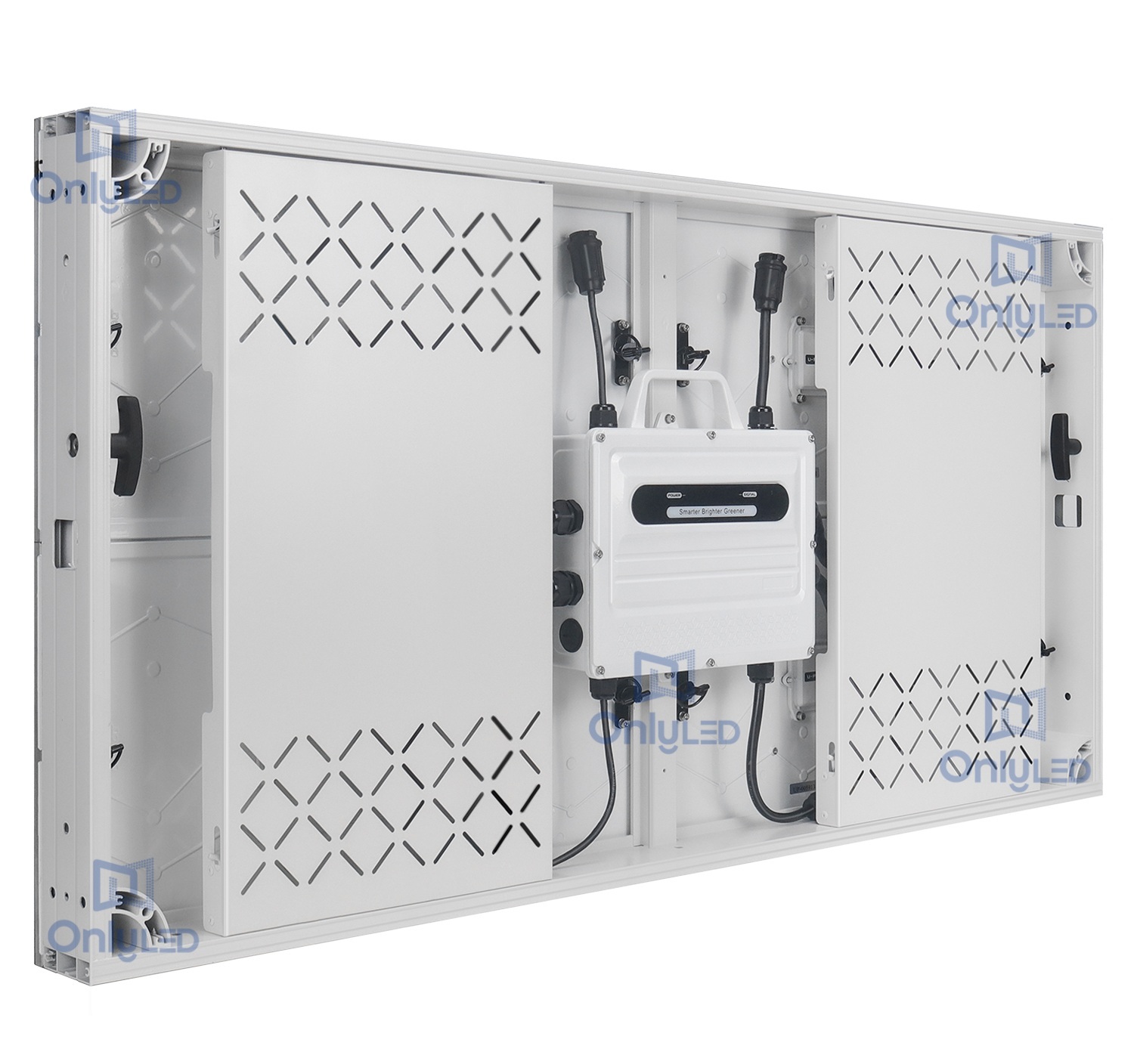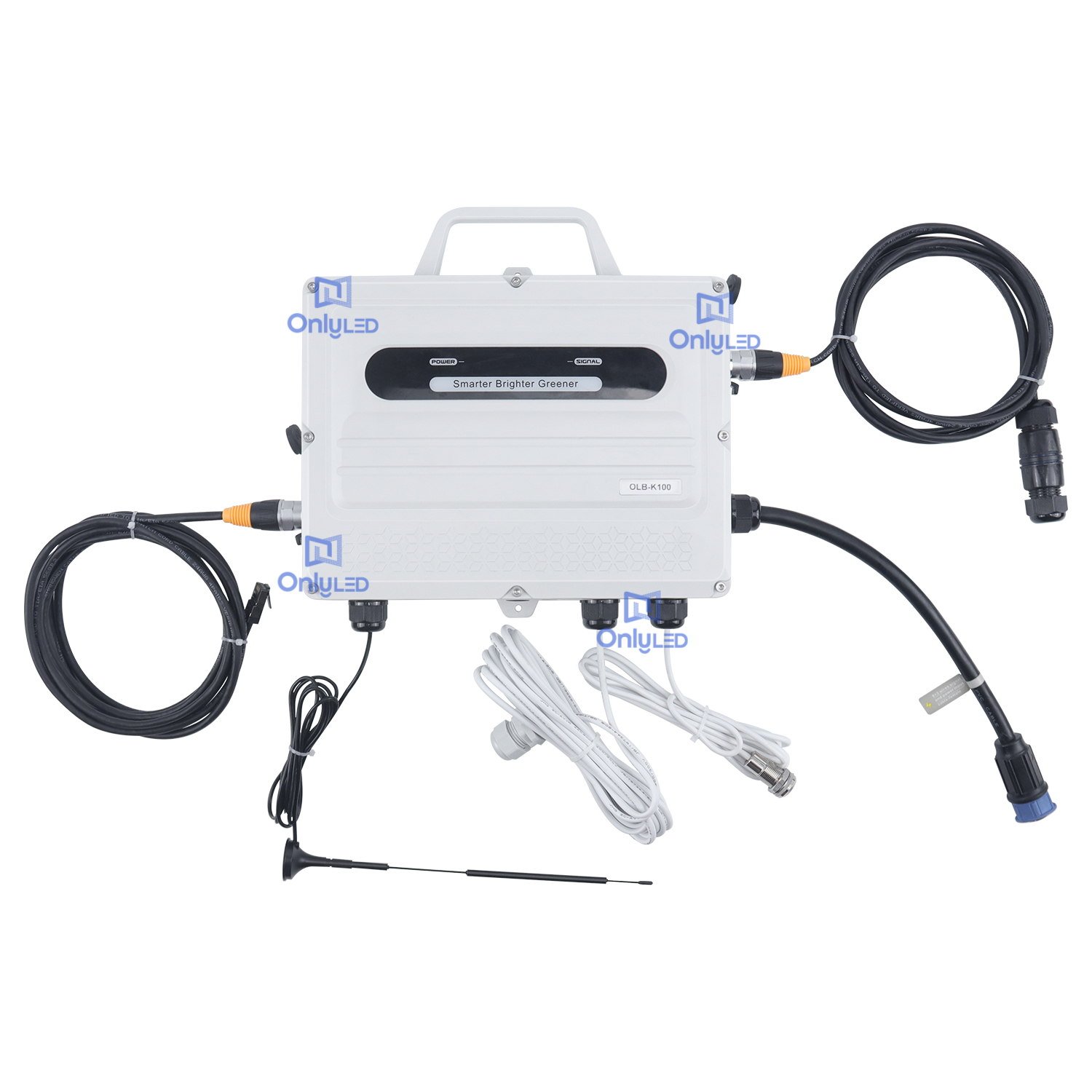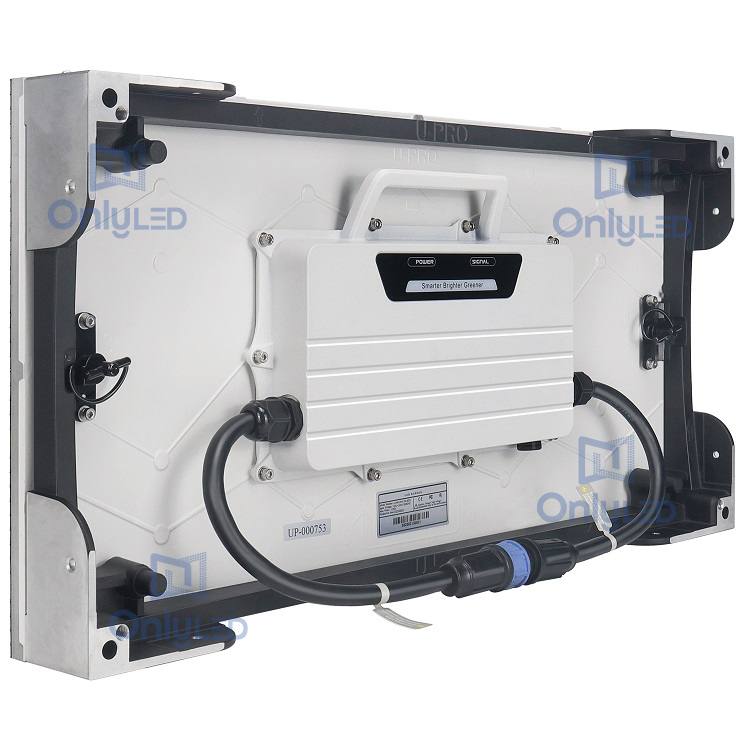Industry News
Introduction: Understanding the importance of radiation control
In recent years, outdoor LED displays have become increasingly popular due to their ability to convey vivid and dynamic content. However, with their widespread use, concerns about radiation emissions have arisen. This article explores the strategies implemented to control and protect against radiation emitted by outdoor LED displays, highlighting their significance in ensuring safety and minimizing potential health risks.
Radiation control measures for outdoor LED displays
LED displays emit two types of radiation: electromagnetic radiation (EMR) and blue light. EMR is divided into ionizing radiation (IR) and non-ionizing radiation (NIR). To control and mitigate the potential effects of EMR and blue light, the following measures are commonly employed:
1. Shielding and Enclosure
One of the primary strategies to control radiation from outdoor LED displays is the use of shielding and enclosures. These physical barriers prevent the dispersion of radiation beyond the desired viewing range and ensure it remains within permissible limits. Shielding materials like aluminum or copper sheets effectively block EMR while allowing the display to maintain its visibility.
2. Emission and Distance Control
Effective radiation control also involves regulating the emission intensity and distance of outdoor LED displays. By setting strict emission limits and implementing power control mechanisms, the levels of EMR and blue light can be kept within safe boundaries. Increasing the distance between the LED display and viewers also helps to minimize radiation exposure.
3. Thermal Management
Thermal management techniques play a crucial role in radiation control. LED displays generate heat during operation, which can lead to increased radiation emission. Efficient cooling systems, such as heat sinks and fans, help dissipate excess heat, preventing performance degradation and reducing radiation levels.
Radiation protection strategies for outdoor LED displays
In addition to control measures, several strategies are implemented to protect individuals from radiation emitted by outdoor LED displays:
1. Compliance with Safety Standards
Adhering to international safety standards and regulations is essential to ensure radiation emissions from LED displays remain within acceptable limits. Compliance certifies that products have undergone rigorous testing and meet specific criteria for radiation safety.
2. Awareness and Education
Creating awareness among users and relevant stakeholders about the potential health risks associated with excessive radiation exposure is crucial. Educational campaigns help individuals understand proper viewing distances, display settings, and the importance of taking breaks to minimize continuous exposure.
3. Regular Maintenance and Monitoring
Regular maintenance and monitoring of outdoor LED displays are essential to identify any defects or malfunctions that may contribute to increased radiation emissions. Prompt repair and calibration of displays ensure they continue to operate within safe radiation limits.
Conclusion: Striving for safe and captivating displays
As the popularity of outdoor LED displays continues to rise, exploring radiation control and protection strategies becomes imperative. Through effective control measures and protective strategies, outdoor LED displays can offer captivating visual experiences while ensuring the well-being and safety of individuals. It is crucial for manufacturers, designers, and users to collaborate in implementing these measures to minimize radiation exposure risks.




